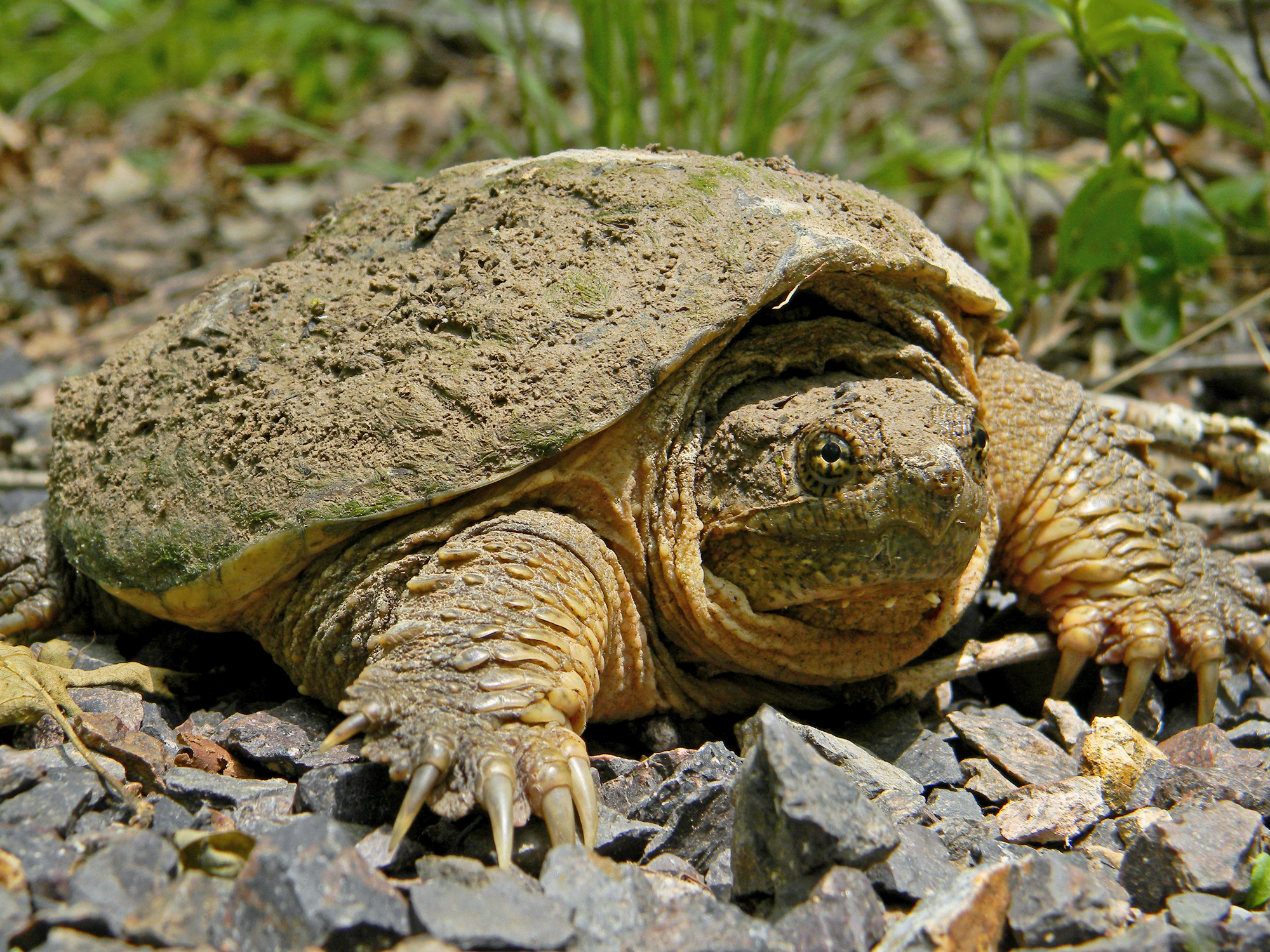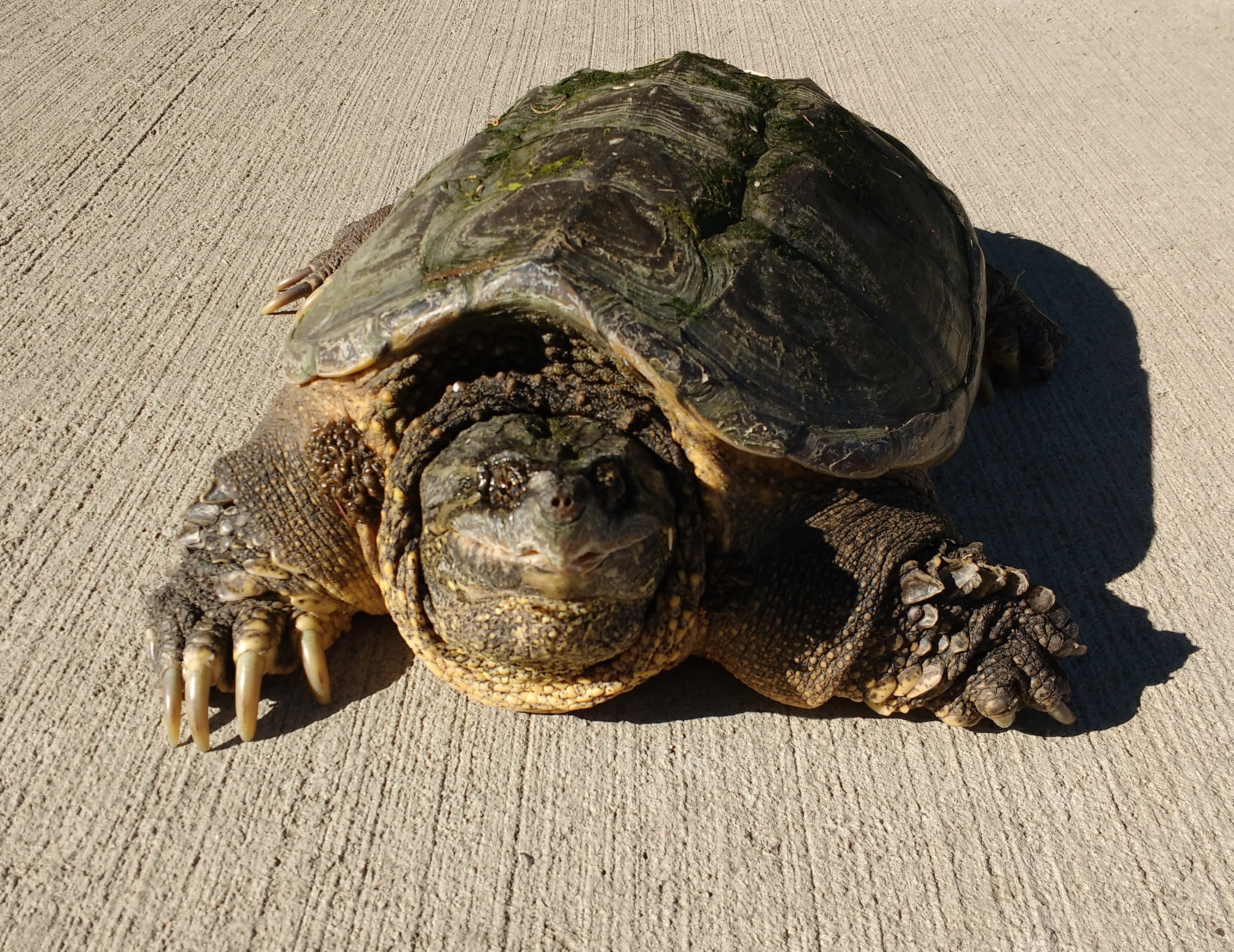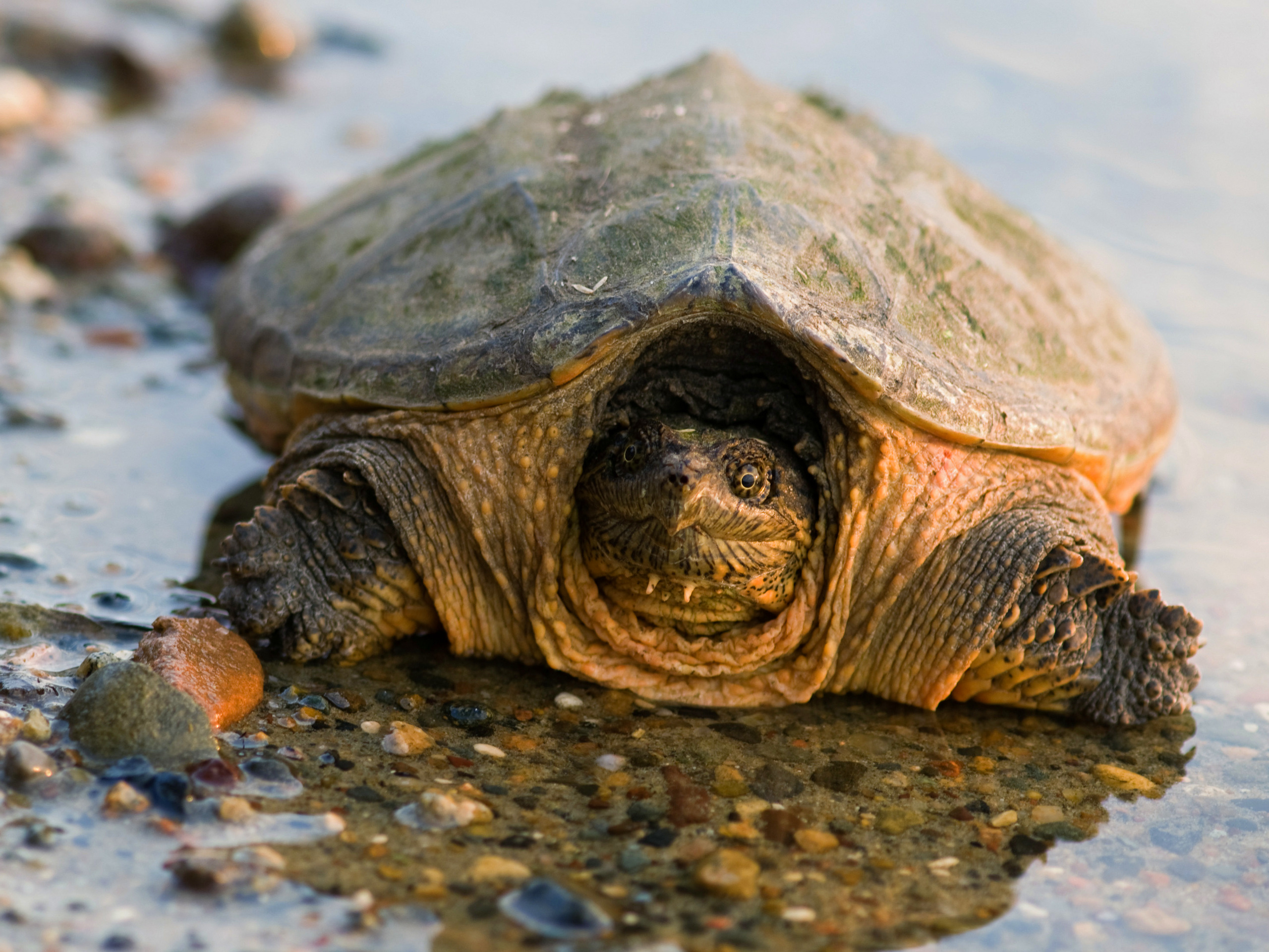Have you ever heard of a snapping turla? Well, let me tell ya, it's not just some random word thrown around on the internet. Snapping turla is a term that's gaining traction in the world of science and nature enthusiasts. It's like this hidden gem of information that's waiting to be discovered. So, buckle up, because we're about to dive deep into what snapping turla really is and why it matters.
Now, you might be thinking, "What the heck is a turla, and why is it snapping?" Don't worry; I had the same reaction when I first came across this term. But as it turns out, snapping turla isn't as complicated as it sounds. It's actually a pretty cool natural occurrence that deserves more attention. So, whether you're a science geek or just someone who loves learning new things, this article is for you.
Before we get too far, let me give you a quick preview of what we'll be covering. We'll talk about what snapping turla is, why it happens, and how it fits into the bigger picture of our ecosystem. Plus, we'll throw in some fun facts and interesting tidbits along the way. So, if you're ready to expand your knowledge and impress your friends with your newfound wisdom, let's get started!
Read also:The Challenge Tina A Bold Inspiring Journey Thats Worth Your Time
What Exactly Is a Snapping Turla?
Alright, so let's break it down. A snapping turla refers to a specific type of underwater phenomenon that occurs in certain marine environments. Think of it like a tiny underwater concert where various creatures create sounds that resonate through the water. It's not just random noise, though; these sounds serve a purpose in the ecosystem.
Now, the snapping part comes from the actual sound produced by certain marine organisms, like snapping shrimp. These little guys can create sounds so loud that they can be heard by divers and even detected by underwater microphones. And guess what? This noise isn't just for show. It plays a crucial role in communication, hunting, and even defense mechanisms among marine life.
Where Does the Term "Turla" Come From?
Here's where things get a bit more interesting. The term "turla" itself is a bit of a mystery. Some scientists believe it originates from an ancient maritime language, while others think it's a modern term coined by marine biologists. Regardless of its origins, the word has stuck, and it's now widely used in scientific circles to describe this fascinating phenomenon.
So, when you hear someone talking about a snapping turla, you'll know they're referring to the combination of sound and behavior exhibited by certain marine creatures. It's like a secret code that only the ocean's inhabitants truly understand.
Why Does Snapping Turla Matter?
You might be wondering, "Why should I care about snapping turla?" Well, my friend, there are several reasons why this phenomenon is worth paying attention to. First and foremost, it's a vital part of the marine ecosystem. The sounds produced by snapping turla help maintain balance in the underwater world, influencing everything from predator-prey relationships to communication between species.
Additionally, studying snapping turla can provide valuable insights into the health of our oceans. By monitoring these sounds, scientists can gauge the impact of human activities, such as pollution and climate change, on marine life. It's like having a built-in alarm system that tells us when something's not quite right.
Read also:The Kim A Comprehensive Look At The Iconic Persona And Their Legacy
How Does Snapping Turla Impact Marine Life?
Let's take a closer look at how snapping turla affects the creatures that call the ocean home. For starters, it plays a crucial role in the survival of many species. The sounds produced by snapping turla can help predators locate prey, while also allowing prey to detect potential threats. It's like a complex game of hide and seek that's essential for the survival of the fittest.
Furthermore, snapping turla contributes to the overall biodiversity of marine ecosystems. By fostering communication and interaction among different species, it helps create a thriving underwater community. So, the next time you're diving or snorkeling, take a moment to listen to the sounds around you. You might just hear the symphony of snapping turla in action.
The Science Behind Snapping Turla
Now, let's dive into the science behind snapping turla. How exactly do these sounds get produced, and what makes them so unique? Well, it all comes down to the anatomy of certain marine organisms, particularly snapping shrimp. These little creatures have a specialized claw that can produce sounds by rapidly closing it. The result is a loud popping noise that can be heard for miles underwater.
But it's not just the shrimp that contribute to snapping turla. Other marine animals, such as fish and dolphins, also play a part in this underwater symphony. They use a variety of methods to create sounds, from vibrating their swim bladders to using specialized vocal cords. It's like a big underwater orchestra, with each species adding its own unique sound to the mix.
How Do Scientists Study Snapping Turla?
Studying snapping turla isn't as simple as sticking a microphone in the water and hoping for the best. Scientists use a variety of advanced techniques to gather data on this phenomenon. One common method involves using hydrophones, which are underwater microphones designed to capture the sounds produced by marine life.
Additionally, researchers often employ sonar technology to map out the distribution and behavior of snapping turla. By analyzing the data collected from these tools, scientists can gain a deeper understanding of how snapping turla impacts the marine ecosystem and how it might be affected by external factors.
The Role of Snapping Turla in Climate Change
As we all know, climate change is one of the biggest challenges facing our planet today. But did you know that snapping turla could play a role in addressing this issue? By studying the sounds produced by marine life, scientists can gain valuable insights into how climate change is affecting ocean temperatures, currents, and biodiversity.
For example, changes in the frequency or intensity of snapping turla sounds could indicate shifts in the behavior or distribution of certain marine species. This information can then be used to inform conservation efforts and policy decisions aimed at mitigating the effects of climate change on our oceans.
What Can We Do to Protect Snapping Turla?
Protecting snapping turla and the marine life that produces it requires a concerted effort from all of us. One of the most important things we can do is reduce our carbon footprint by making more sustainable choices in our daily lives. This includes things like reducing energy consumption, using public transportation, and supporting renewable energy initiatives.
Additionally, we can advocate for stronger protections for marine environments and the species that inhabit them. This might involve supporting organizations that focus on ocean conservation or getting involved in local efforts to clean up beaches and waterways. Every little bit helps when it comes to preserving the delicate balance of our planet's ecosystems.
Fun Facts About Snapping Turla
Okay, let's lighten things up a bit with some fun facts about snapping turla. Did you know that the sounds produced by snapping shrimp are so loud that they can actually stun or kill small prey? Or that dolphins have been known to use snapping turla sounds to communicate with each other over long distances? It's like they're having their own private conversations beneath the waves.
Here are a few more interesting tidbits about snapping turla:
- Snapping shrimp produce sounds that can reach up to 218 decibels, making them one of the loudest animals on the planet.
- Some species of fish use snapping turla sounds to synchronize their movements during group swimming.
- Snapping turla has been used by scientists to detect the presence of underwater volcanoes and other geological features.
Conclusion
So, there you have it, folks. Snapping turla is more than just a cool-sounding term; it's a vital part of our planet's marine ecosystem. From helping scientists understand the impacts of climate change to providing insights into the behavior of marine life, snapping turla plays a crucial role in the health of our oceans.
Now that you know more about snapping turla, why not share your newfound knowledge with others? Leave a comment below and let us know what you think about this fascinating phenomenon. And don't forget to check out our other articles for more interesting facts and insights into the world around us. Thanks for reading, and happy exploring!
Table of Contents
- What Exactly Is a Snapping Turla?
- Where Does the Term "Turla" Come From?
- Why Does Snapping Turla Matter?
- How Does Snapping Turla Impact Marine Life?
- The Science Behind Snapping Turla
- How Do Scientists Study Snapping Turla?
- The Role of Snapping Turla in Climate Change
- What Can We Do to Protect Snapping Turla?
- Fun Facts About Snapping Turla
- Conclusion


